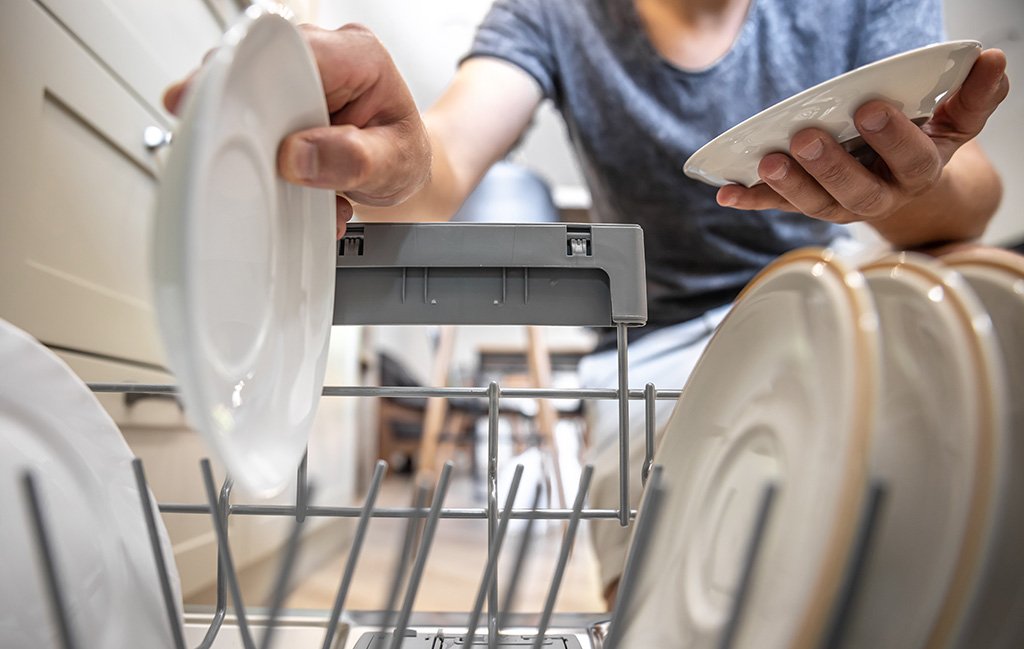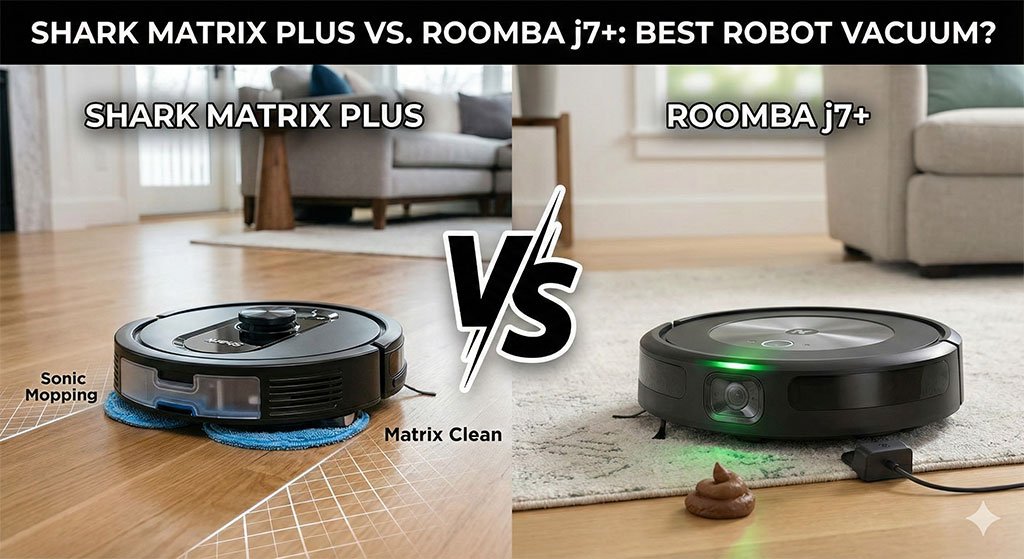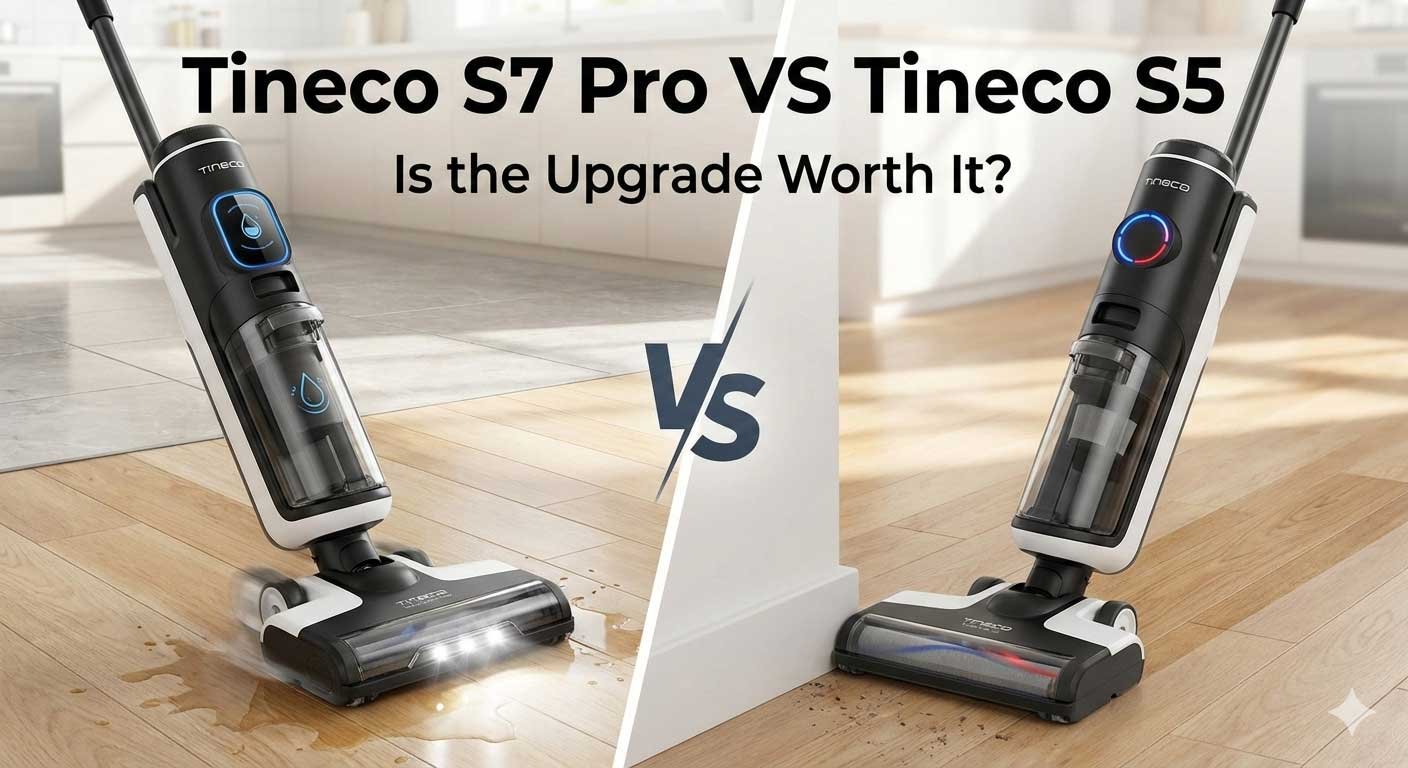Are you going to purchase a dishwasher?
Or, have you recently purchased a dishwasher, but you’re not sure how to use a portable dishwasher?
Don’t worry; we’ve got you covered! In this article, we’ll walk you through everything you need to know to get your dishwasher up and running smoothly.
First, let’s start with the basics. A portable dishwasher is a great option for those who don’t have space for a built-in dishwasher or for those who need a dishwasher they can move around. Portable dishwashers work just like traditional dishwashers, but they’re designed to be smaller and more compact.
Using a portable dishwasher can save you time and effort, especially if you have a lot of dishes to wash. Plus, they’re easy to use once you know how! In this article, we’ll cover everything from setting up your portable dishwasher to troubleshooting common issues that may arise.
So, if you’re ready to make dishwashing a breeze, keep reading! We’ll guide you through every step of the process to ensure that you get the most out of your portable dishwasher.

How To Use A Portable Dishwasher Effectively?
User guide includes complete dishwasher setup, preparing dishes for cleaning, dishwasher handling, and maintenance. We have discussed with detailed information here. Let’s check-
How to set up a portable dishwasher for the first time?
Alright, let’s dive into setting up your portable dishwasher. It might seem daunting at first, but we’ll break it down step by step.
Unpack the Dishwasher from the box
When you receive your portable dishwasher, the first thing you need to do is unpack it. Make sure you have all the necessary components, such as the hoses, power cord, and detergent dispenser. Check the user manual to ensure you have all the parts and that they are in good condition.
Find a Suitable Location in your apartment
Once you have everything you need, you can start looking for a suitable location for your dishwasher. The location should be close to a sink or faucet, and it should be on a level surface. Make sure you have enough space to maneuver around the dishwasher and that it’s not blocking any other appliances.
Connecting the Dishwasher to a Water Source
To use your dishwasher, you’ll need to connect it to a water source. Most portable dishwashers come with a hose that you can attach to your faucet. Make sure the hose is securely attached and that there are no leaks. You may also need to connect a drainage hose to your sink or a nearby drain.
Plug in the Dishwasher
Once you’ve connected the water source, you can plug in the dishwasher. Make sure the power cord is securely plugged into an outlet and that the dishwasher is turned off.
Level the Dishwasher
To ensure that your dishwasher works properly, it’s important to level it. Use a spirit level to check if the dishwasher is level. If it’s not, adjust the feet on the bottom of the dishwasher until it is level. This will ensure that the water is distributed evenly and that your dishes are cleaned properly.
Check for Leaks
Before you start using your dishwasher, it’s important to check for leaks. Run a test cycle with the dishwasher empty and check for any leaks or water pooling around the dishwasher. If you do notice any leaks, make sure the hoses are securely attached and that there are no kinks or blockages.
Prepare Your Dishes for Cleaning
Remove Excess Food Debris
Before loading your dishes into the dishwasher, it’s important to remove any excess food debris. Use a scraper or a brush to remove any large food particles. This will help prevent clogs and ensure that your dishes come out clean.
Scrape Off Hardened Food Particles
For any food particles that are stuck onto your dishes, use a bit of hot water and soap to soak them for a few minutes. This will help loosen the food particles and make them easier to remove. You can also use a nylon scrubber to gently scrape off any remaining food particles.
Load Dishes into the Dishwasher
When loading your dishes into the dishwasher, make sure to place them in the designated areas. Plates should go in the bottom rack, while glasses and cups should go in the top rack. Make sure that the dishes are not touching each other, as this can prevent them from getting cleaned properly.
Arrange Dishes to Optimize Cleaning
To optimize the cleaning process, arrange your dishes so that the water can easily reach all surfaces. Place larger items, such as pots and pans, in the back of the dishwasher, and smaller items, such as utensils, in the front. You can also use the dishwasher’s tines and racks to hold dishes in place and prevent them from moving around during the cycle.
How to Run a Portable Dishwasher Smoothly?
Add Detergent
Before starting your dishwasher, make sure to add the appropriate amount of detergent. Refer to the user manual to determine how much detergent to use based on your dishwasher’s size and the level of soiling on your dishes. Pour the detergent into the designated dispenser and make sure the lid is securely closed.
Select Your Required Wash Cycle
Next, select the appropriate wash cycle based on the level of soiling on your dishes. Most portable dishwashers offer several wash cycle options, including normal, heavy, and light. Choose the appropriate cycle and any additional options, such as heated drying or sanitizing, based on your specific needs.
Start the Dishwasher
Once you’ve added detergent and selected the appropriate wash cycle, you can start the dishwasher. Press the start button and let the dishwasher run its cycle. Depending on the wash cycle you selected, it may take anywhere from 30 minutes to over an hour for the cycle to complete.
Monitor Your Dishwasher
While the dishwasher is running, it’s important to monitor it for any issues. Check the dishwasher periodically to make sure that it’s still running and that there are no leaks or other problems. If you notice any issues, such as a leak or a strange noise, turn off the dishwasher and check the user manual for troubleshooting tips.
Unload Dishes
Once the dishwasher cycle is complete, it’s time to unload the dishes. Start by unloading the bottom rack, then the top rack. Be careful when unloading hot dishes, as they may be hot to the touch. Allow the dishes to cool before putting them away.
How to Care Your Portable Dishwasher
Empty the Dishwasher
After you’ve unloaded the dishes, it’s important to empty any remaining water from the dishwasher. This will prevent any lingering moisture from causing mold or mildew growth. To do this, open the dishwasher and use a towel or sponge to absorb any remaining water.
Clean the Dishwasher
To keep your dishwasher running smoothly, it’s important to clean it regularly. Start by removing any large food particles from the dishwasher’s filter. Then, run a cycle with an empty dishwasher and a cup of white vinegar to help remove any remaining buildup or stains.
Store the Dishwasher
When you’re done using your portable dishwasher, it’s important to store it properly. Empty any remaining water from the dishwasher and let it dry completely before storing it. Make sure to store the dishwasher in a dry, cool place to prevent any damage or rust.
Troubleshoot common Issues of Your Portable Dishwasher
If you’re experiencing any issues with your dishwasher, refer to the user manual for troubleshooting tips. Common issues include leaks, strange noises, or failure to clean dishes properly. Let’s check how you can troubleshoot them easily.
Water Leaking
If you notice water leaking from your device, there may be a problem with the connections or hoses. Check the connections between the dishwasher and the faucet, as well as the drain hose, to make sure they’re secure and not damaged. If you find any issues, tighten the connections or replace any damaged hoses.
Poor Cleaning Performance
If your dishes aren’t coming out clean, there may be several possible causes. First, make sure that you’re using the appropriate amount of detergent and selecting the appropriate wash cycle based on the level of soiling on your dishes. Also, check the dishwasher’s filter to make sure it’s not clogged with food particles or debris. If the problem persists, contact the manufacturer or a professional for assistance.
Strange Noises
If your dishwasher is making strange noises, it may be due to a few different issues. Check to make sure that the dishes are loaded properly and that they’re not hitting against each other during the wash cycle. Also, check the dishwasher’s filter to make sure it’s not clogged with debris. If the problem persists, contact the manufacturer or a professional for assistance.
Failure to Start
If your machine fails to start, there may be several possible causes. First, check to make sure that the dishwasher is properly connected to the power source and that the power outlet is functioning properly. Also, make sure that the dishwasher door is securely closed and that the appropriate wash cycle has been selected. If the problem persists, contact the manufacturer or a professional for assistance.
By troubleshooting these common issues, you can help keep your dishwasher running smoothly.
FAQ
Do portable dishwashers use a lot of water?
It depends on the model, but in general, portable dishwashers tend to use less water than hand-washing dishes. However, some models may use more water than others, so it’s a good idea to check the water usage specifications before purchasing one.
Can you wash pots and pans in a portable dishwasher?
Yes, you can wash pots and pans in a portable dishwasher, as long as they are dishwasher-safe. Just make sure to follow the manufacturer’s guidelines for loading the dishwasher to ensure that everything comes out clean.
What soap do you use in a portable dishwasher?
You should use a detergent that is specifically designed for use in dishwashers. Most brands of dishwasher detergent will work in a portable dishwasher, but it’s important to read the instructions and use the appropriate amount for your machine.
Do portable dishwashers use a lot of electricity?
Portable dishwashers do use electricity, but their energy usage is generally lower than that of built-in dishwashers. However, the exact amount of electricity used will depend on the model and the cycle selected.
Can you go to bed with dishwasher on?
It is generally not recommended to leave your dishwasher running overnight, as it can be a fire hazard. It’s best to start your dishwasher when you are awake and can keep an eye on it.
Can you use dishwasher every day?
Yes, you can use your dishwasher every day, as long as you follow the manufacturer’s instructions for loading and using the machine. However, if you notice any problems with the dishwasher, such as dishes not coming out clean, it may be a sign that the machine needs maintenance or repair.
Final Words
If you have already gone through how to use portable dishwasher, you will be a pro level user.
Using a dishwasher can be a game-changer for those who don’t have a built-in dishwasher or want the convenience of having a dishwasher that can be easily moved around. By following the steps mentioned above, you can use your machine effectively and efficiently.
By using a dishwasher, you can save time and effort while getting your dishes clean and ready to use again. With a little bit of practice, you’ll soon be a pro at using your portable dishwasher and enjoying the benefits it provides.




Leave a Reply